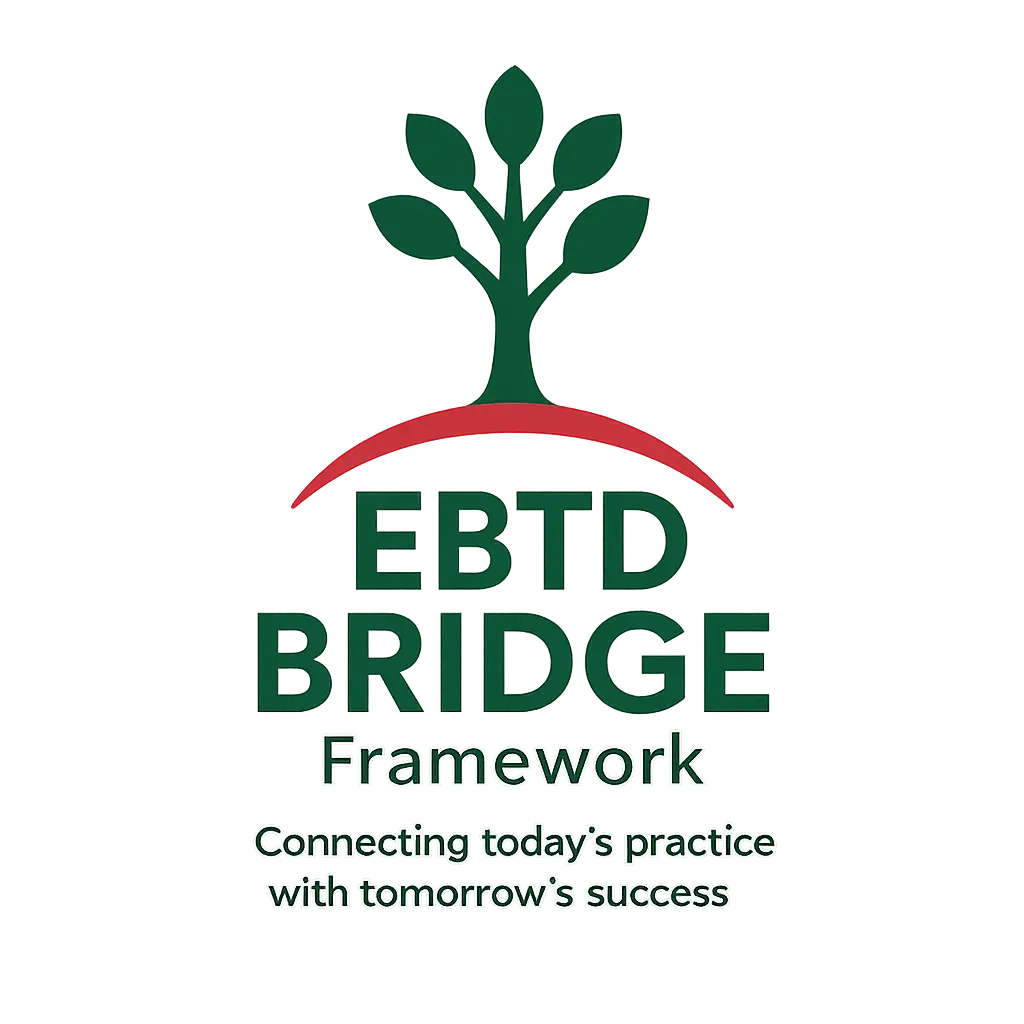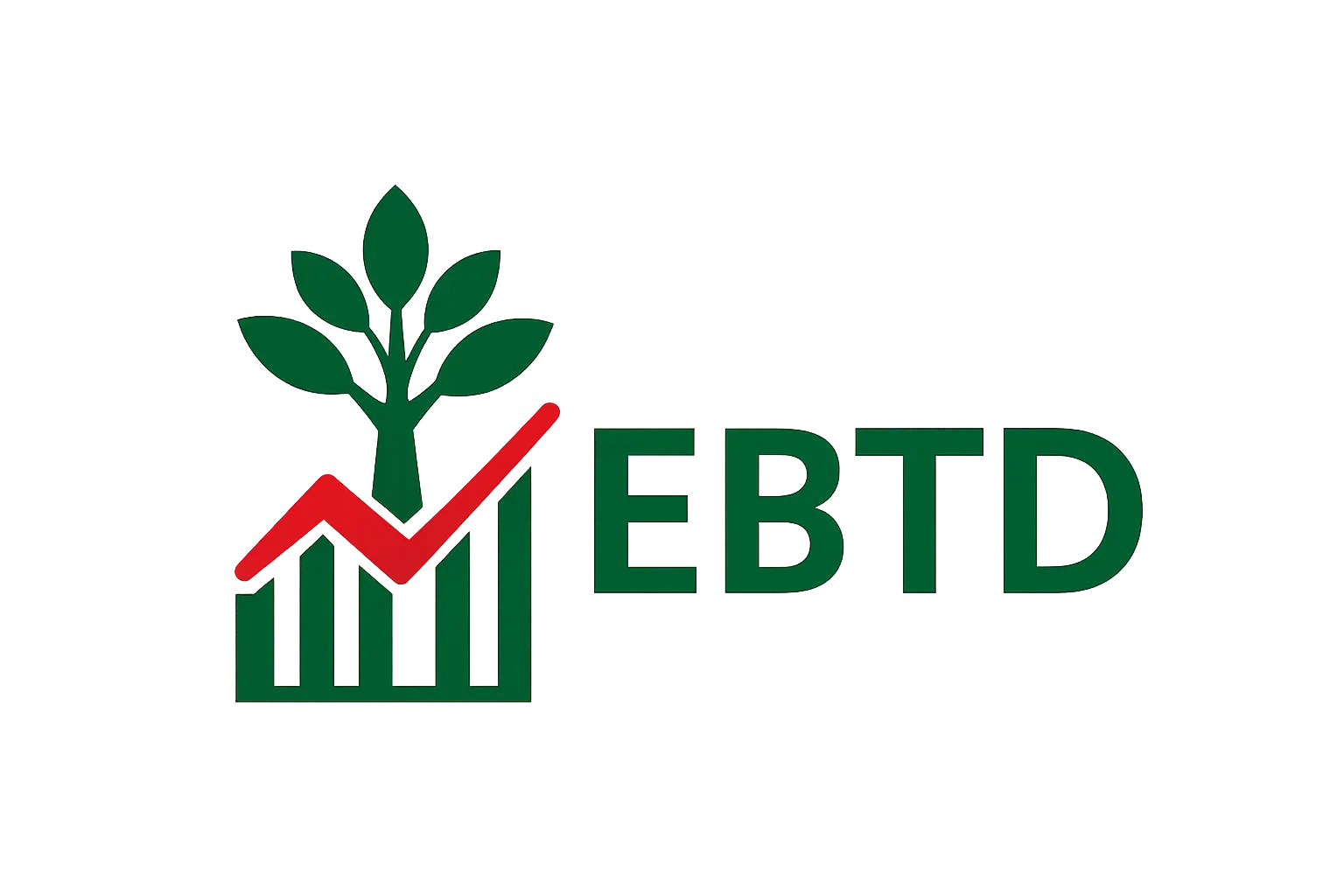
Welcome to the BRIDGE Framework
Connecting today’s practice with tomorrow’s success.
Facing Reality Before Growth
Too often, reviews celebrate success and miss what matters. BRIDGE is different: no grades, no labels, no awards — just honest reflection and practical next steps.
The truth is simple: no school is perfect. Every teacher can improve. Every school can improve. Accepting that truth is the first step before beginning the review. With humility and honesty, the BRIDGE Framework becomes a powerful tool to drive meaningful change.
What is BRIDGE?
BRIDGE stands for Bangladesh Review for Improving Development of Growth in Education. It helps schools bridge the gap between where they are today and where they aspire to be tomorrow — connecting current practice with future success; exam preparation with deeper learning; challenges with opportunities; reflection with action.
Tagline: “Connecting today’s practice with tomorrow’s success.”
Why Self-Review Matters
International research is clear: schools improve most when leaders and teachers regularly reflect on their own practice. External inspections bring accountability, but lasting improvement happens when schools take ownership of their growth.
In Bangladesh, schools face real pressures — large classes, limited resources and high-stakes exams — alongside deep commitment and resilience. BRIDGE offers a structured, evidence-informed way to look honestly at your work and act on what matters most.
How the Framework is Organised
The BRIDGE Framework covers eight key areas of school life. Each area is divided into six clusters, making reflection manageable and focused.
Inclusion
Equity of access, reducing barriers, classroom strategies.
Curriculum & Teaching
Intent, sequencing, pedagogy, foundations, inclusion, impact.
Achievement
Attainment, progress, gaps, breadth, pupil voice, destinations.
Attendance & Behaviour
Monitoring, engagement, expectations, classroom climate, dropout prevention, positive approaches.
Personal Development & Well-being
Well-being, character, citizenship, extracurricular, careers, healthy living.
Early Years
Literacy, numeracy, play-based learning, language, emotional development, parental engagement.
Post-16 Provision
Curriculum relevance, teaching quality, progression, careers guidance, student voice, destinations.
Leadership
Vision, teaching leadership, staff development, use of evidence, middle leaders, partnerships.
What You Will Find in Each Cluster
Evidence Review (Why this matters)
A concise summary of research and practice to set the context.
Active Ingredients (Non-Negotiables)
The essential features schools should consider when improving practice.
Self-Evaluation Questions
Reflective prompts to guide honest discussion and diagnosis.
Exemplar & Blank Tables
A fictitious example showing how evidence might be analysed, plus a template to capture your own findings and next steps.
BRIDGE is not a tick-box exercise — it is a thinking tool that demands reflection, evidence and action.
Principles of BRIDGE
- Supportive, not judgemental: Growth, not inspection.
- Evidence-informed: Grounded in research and adapted for Bangladesh.
- Collaborative: Dialogue between leaders, teachers, pupils and parents.
- Action-oriented: Every reflection ends with clear next steps.
There is no grade, no “outstanding,” no final award — only a school that knows itself better and is ready to improve further.
Hear from the Team
In this short video, the EBTD team explain how the BRIDGE Framework was created — why it matters for schools in Bangladesh, and how it connects evidence, reflection, and improvement into one coherent structure for school development.
What Comes Next
Reflection is a learned practice. To make BRIDGE powerful, schools need:
- Skills for reflection: Ask searching questions, challenge assumptions, listen to different perspectives.
- Gathering evidence: Look beyond exam results to classroom practice, pupil voice, work samples and the lived experience of students.
- Conducting review meetings: Structure discussions so they are honest, collaborative and safe.
- Peeling back the layers: Go beyond surface answers to uncover causes — then plan what to do about them.
If, after completing your BRIDGE self-review, you identify professional development needs, explore our Teacher Training in Bangladesh (BD) modules and Leadership pathways. They’re designed to address the exact issues surfaced during BRIDGE — from curriculum and assessment to behaviour, inclusion and staff development.
Frequently Asked Questions
Honest answers about the BRIDGE Framework — why self-review matters, how it’s organised, and how schools in Bangladesh (BD) can use it to connect today’s practice with tomorrow’s success.
What does “Facing Reality Before Growth” mean?
Improvement starts with honesty. Too often, reviews celebrate success but overlook what matters most. BRIDGE begins from the truth that no school is perfect — every teacher and every system can improve. When schools accept that with humility, reflection becomes a powerful driver of change.
What is the BRIDGE Framework?
BRIDGE stands for Bangladesh Review for Improving Development of Growth in Education. It helps schools bridge the gap between where they are and where they aspire to be — connecting current practice with future success, exam preparation with deeper learning, and reflection with action. Tagline: “Connecting today’s practice with tomorrow’s success.”
Why does self-review matter more than external inspection?
International research shows schools improve most when teachers and leaders reflect honestly on their own practice. External inspection provides accountability; BRIDGE builds ownership. Real growth happens when schools look inward, ask tough questions, and plan improvement for themselves.
Why is BRIDGE designed specifically for Bangladesh (BD)?
Schools in BD work under real constraints — large classes, limited resources, and high-stakes exams — yet show deep commitment and resilience. BRIDGE was created to fit that reality, offering a structured, evidence-informed way for schools to review what matters most and act on it.
How is the framework organised?
BRIDGE covers eight key areas of school life, each broken into six clusters so reflection stays focused and manageable:
- Inclusion
- Curriculum & Teaching
- Achievement
- Attendance & Behaviour
- Personal Development & Well-being
- Early Years
- Post-16 Provision
- Leadership
What will I find in each cluster?
Each cluster contains:
- Evidence Review – why the issue matters
- Active Ingredients – the non-negotiables for effective practice
- Self-Evaluation Questions – prompts for honest discussion
- Exemplar & Blank Tables – examples and editable templates to record findings and next steps
BRIDGE is not a tick-box exercise; it’s a thinking tool that drives reflection, evidence, and action.
What principles guide BRIDGE?
The framework is:
- Supportive, not judgemental – focused on growth, not inspection
- Evidence-informed – grounded in research and adapted for BD
- Collaborative – built on dialogue between leaders, teachers, pupils, and parents
- Action-oriented – every reflection leads to practical next steps
No grades, labels, or awards — just a school that knows itself better and is ready to improve further.
What skills make BRIDGE effective?
Three habits make the framework work:
- Reflection skills – asking honest questions and listening to diverse perspectives
- Evidence gathering – looking beyond results to classroom practice, pupil voice, and lived experience
- Facilitated review meetings – structuring discussions so they are open, safe, and focused on causes, not symptoms
How do we go from review to action?
BRIDGE helps schools “peel back the layers.” Each finding leads to a clear improvement plan — identifying causes, planning interventions, and defining impact signals to monitor change over time.
Is BRIDGE connected to professional development?
Yes. After completing a self-review, schools often identify areas for growth such as curriculum design, assessment, or behaviour. EBTD’s Teacher Training in Bangladesh (BD) and Leadership Pathways directly address those needs, turning review findings into professional learning.
Is BRIDGE an inspection tool?
No. BRIDGE is supportive, not judgemental. It is designed for schools to use internally, with honesty and safety, to guide improvement. There are no scores or awards — only deeper understanding and better planning.
How do we start?
Begin by reading the overview and selecting one or two clusters most relevant to your current goals. Use the templates to collect evidence and discuss findings. Contact EBTD if you’d like facilitation or staff training to support your first full BRIDGE review.
If you found this useful, join the EBTD newsletter for monthly, research-backed tools and case studies for Bangladesh schools — no spam, just what helps.
